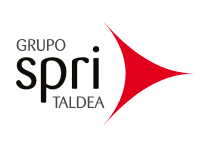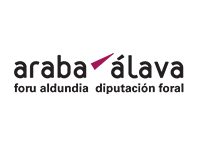Although Internet of Things services can be provided with the help of 3G or 4G networks, there is an increasing offer of new systems to bring data to machines. New companies, such as France’s SigFox, and old cellular carriers and hardware manufacturers are increasingly displaying new networks designed specifically for IoT devices.
They are not as powerful as voice networks, so that one antenna can cover a wider region and many more machines. Modules are less expensive and coverage gets further away, such as underground or within buildings, which is a major issue in many companies and infrastructures, such as hospitals. Battery life of the devices does also last much longer.
M2M connections do work with LPWAN (Low Power WAN) networks, which are available at 800-900 MHz frequencies. These are the main technologies being applied:
– LTE CAT-M, also known as Industrial LTE or even M2M. It uses 2G and 3G networks, which gives an advantage to telecom operators, as AT&T, Singapore Telecom and Verizon. Huawei is also developing its own network in China.
– Sigfox. This is not a technology but a French company, already valued over €600 million. It has deployed networks in 19 countries, including the main European countries, and for uses as different as agriculture, predictive maintenance and healthcare. Some carriers, as SFR, Omantel and T-Mobile (in Tchech Republic), are working with it to supply the service to its customers.
– LoRa (from Long Range). It’s probably the most known technology, as it’s become a standard being used by all types of companies for connecting IoT devices that transmit frequent small messages. As Sigfox, it uses public frequencies known as ISM, which explains why operators don’t need a license. The problem is that you can not build several networks in the same place as they would run into conflict. Also they are not very secure, so it can not be applied to some services. Among the companies using LoRa, there are carriers (Orange, Tata Communications, Softbank, China Telecom, Kpn, SK Telecom or Bouygues Telecom) and hardware manufacturers (Sagem and Semtech, which bought the French company that developed the open standard). It’s also being used by utilities such as Veolia (M2ocity) for connecting their metering devices.
– NB-IoT, which can also work on current GSM networks. Vodafone, Deutsche Telekom and Singapore telecom are using this standard. It’s good for connecting devices which are indoors or even underground, such as water or parking meters.
– Kepler Communications is deploying a different network which uses small satellites.














